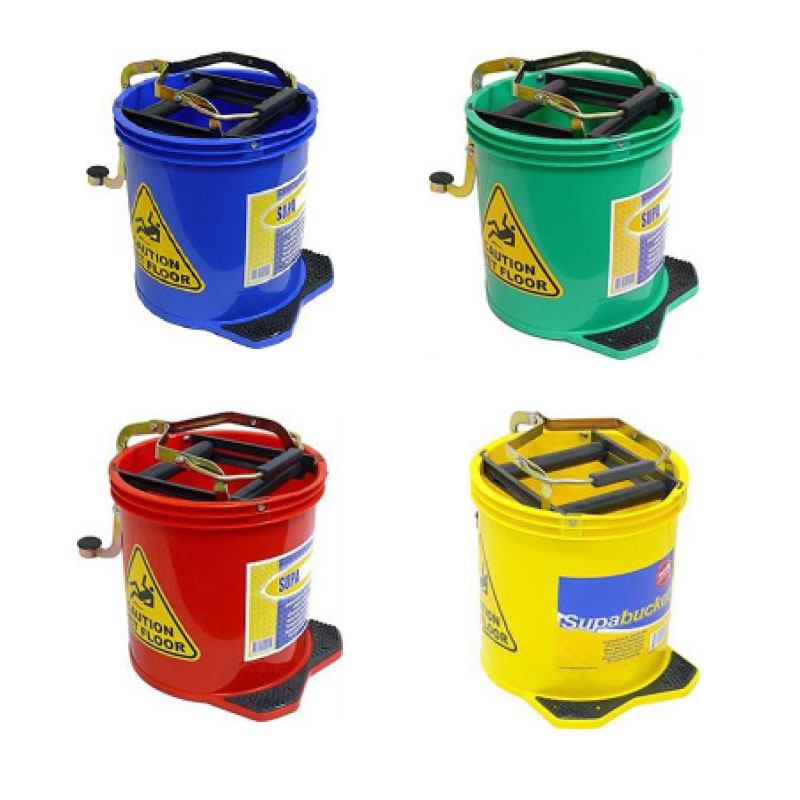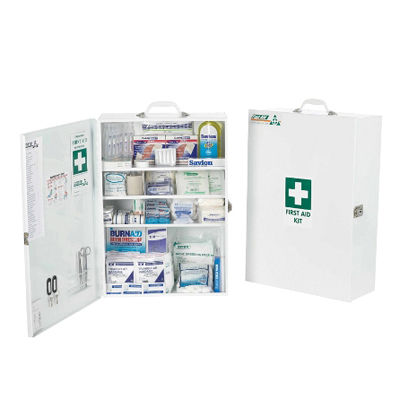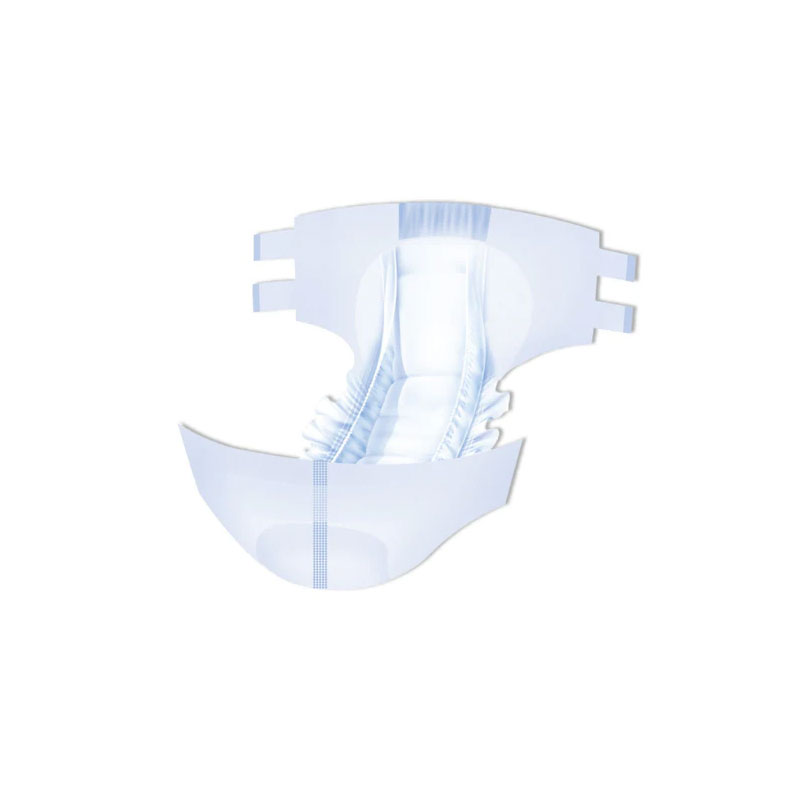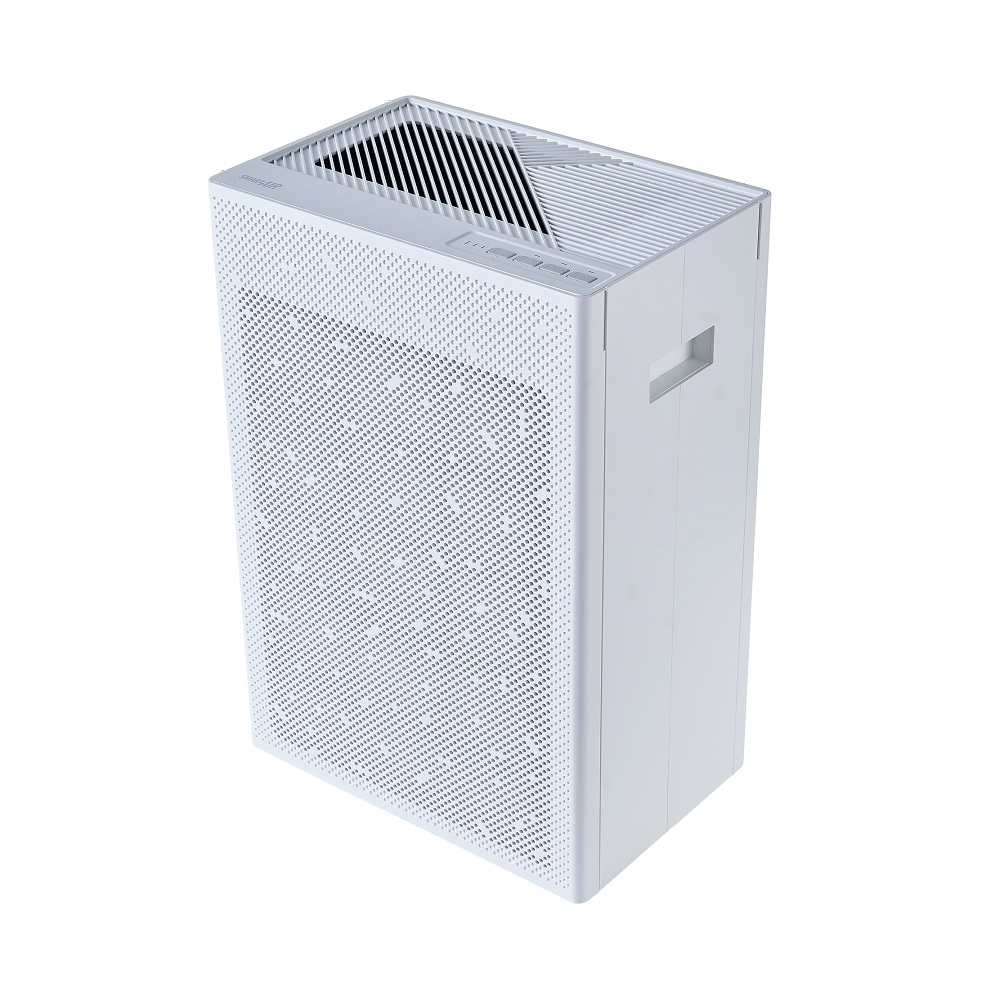Clean Air and OHS Requirements in Australia: Why They Matter

Air pollution is a major environmental problem that affects public health and the environment in Australia.
The World Health Organization (WHO) has estimated the combined effects of ambient air pollution and household air pollution is associated with around 4,800 premature deaths every year in Australia.
However, a recent study from Melbourne University, which focussed on traffic pollution, has estimated a much larger level of 11,105!
These rising and avoidable fatalities are why Clean Air Occupational Health and Safety (OHS) requirements are so vital to this country.
What is Clean Air?
Clean air is simply air that is free from harmful pollutants such as particulate matter, TVOCs, ozone, nitrogen dioxide, sulphur dioxide, and carbon monoxide.
Clean air is essential for human health, the environment, and the economy. In Australia, the National Environment Protection (Ambient Air Quality) Measure (NEPM) sets standards for the maximum levels of pollutants that can be present in the air.
The NEPM has set standards for seven key pollutants, including particulate matter, sulphur dioxide, nitrogen dioxide, ozone, carbon monoxide, lead, and visibility. The NEPM has also established air quality objectives for each pollutant to ensure that the air is healthy for humans and the environment.
Clean Air OHS Requirements in Australia
Household and workplace air pollution exposure leads to noncommunicable diseases including stroke, ischaemic heart disease, chronic obstructive pulmonary disease (COPD) and lung cancer.
Occupational Health and Safety (OHS) is a crucial aspect of workplace safety in Australia. Employers have a legal obligation to provide a safe and healthy working environment for their employees. This includes providing a workplace that is free from hazards, including hazardous air pollutants.
The Australian government has established several OHS regulations and standards to ensure workplace safety. These regulations and standards include the Workplace Health and Safety Act 2011, the Occupational Health and Safety Regulations 2017, and the Code of Practice for Managing Risks of Hazardous Chemicals in the Workplace.
Under these regulations and standards, employers are required to identify and manage hazards in the workplace, including those related to air quality. This includes monitoring air quality and taking measures to control exposure to hazardous air pollutants, such as implementing ventilation systems, installing air purifiers and providing appropriate personal protective equipment (PPE) for workers.
Why Clean Air and OHS Requirements Matter
Clean air and OHS requirements are crucial for the health and safety of Australians. By ensuring that the air is clean and workplaces are free from hazardous air pollutants, we can help protect the health of workers and the wider community.
In addition, complying with OHS regulations and standards can help prevent workplace accidents and injuries. This can improve workplace productivity and reduce costs associated with workplace accidents and compensation claims.
By ensuring that the air is clean and workplaces are safe, we can protect the health and wellbeing of workers and the wider community. It is important that individuals and businesses take responsibility for reducing air pollution and complying with OHS regulations and standards to ensure a safe and healthy environment for all.











